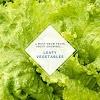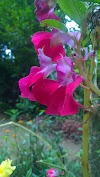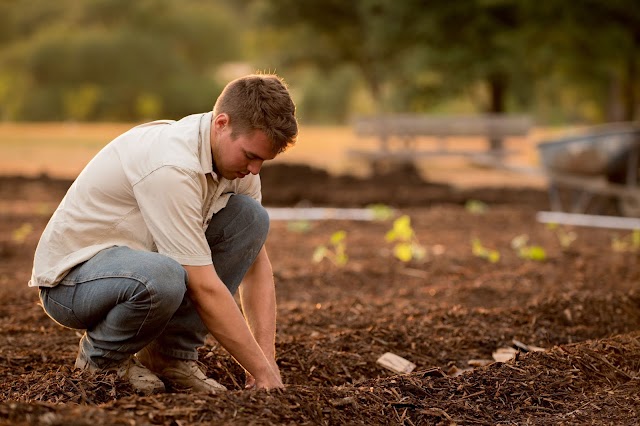A few notes on identifying weeds
Weeds are an important part of the experience of gardening, especially if you are gardening organically. This section is intended to show you pictures of some of the most common garden weeds of
the upper Midwest, as well as providing a small amount of information about how to control particular weeds organically. There are far more species of weeds found in US gardens and farm fields
than can possibly be shown here. Weeds of the Northeast, by Richard Uva, Joseph Neal, and Joseph DiTomaso (Cornell University Press, 1997), which is one of the best available guides for weed
identification in the US, lists 299 species. Some of these are also quite variable in appearance, such
that a plant growing in full sun and good soil will look very different from a plant of the same species
growing in the shade or in poor soil. Identifying weeds can be quite difficult.
On the bright side, most gardeners do not really need to worry too much about identifying weeds – if
something is coming up from the ground that you didn’t plant, it’s a weed and you can kill it. Unfortunately, there are times when the situation is not quite that simple. You may have planted seeds or
bulbs, for example, and not have any idea what the plants that are supposed to grow from them will
look like. When the first plants start to grow where you planted the seeds or bulbs, you may not
know if they’re “your” plants or weeds. If you have planted a whole row of seeds or bulbs, however,
you can usually just wait a while for enough plants to grow big enough that it’s obvious which ones
are the uninvited guests. There are also some weeds (quackgrass and Canada thistle, for example)
that are very hard to kill, and it can be important to know that you have these if that’s the case. Finally, some people just like to know more about weeds. Many weeds lead interesting lives of their
own and have medicinal, culinary, or other useful purposes. Local university extension agents and
experienced gardeners can be helpful resources to consult if you have a problem weed and cannot
identify it or control it.
Grass weeds and non-grass (broadleaf) weeds
For the purposes of controlling weeds in gardens, weeds can be grouped into two broad categories:
grasses and everything else. Most grasses look quite similar, at least when they are young, and
gardeners don’t usually grow grasses. This means that almost anything that grows in your garden
that looks like a grass is a weed. There are a few exceptions to this simple rule -- sweet corn is actually a grass and can be confused when it is small with many common weeds, and leeks, onions,
scallions, and garlic are not grasses but look somewhat like grasses when they are small.
Grasses have narrow, rounded stems with joints at intervals. Their leaves are fairly narrow, and
where each leaf meets the stem it wraps around it like a sheath. Grasses tend to have fibrous root
systems that hold soil firmly. They are easy to pull out when they are small and very hard to pull out
when they are large.
Non-grass weeds (sometimes called “broadleaf” weeds because their weeds are wider than grass
leaves) are much more diverse in appearance than grasses, and there’s no quick way to describe
them. Broadleaf weeds are more easily confused with common garden plants, and in fact some garden plants (sunflowers, dill, and mint, to give only a few examples) can themselves appear, weedlike, where you did not plant them. Some broadleaf weeds are easier to pull out than others.








